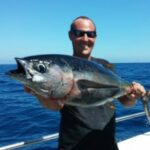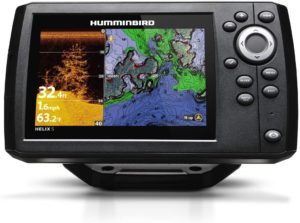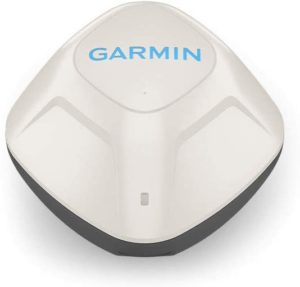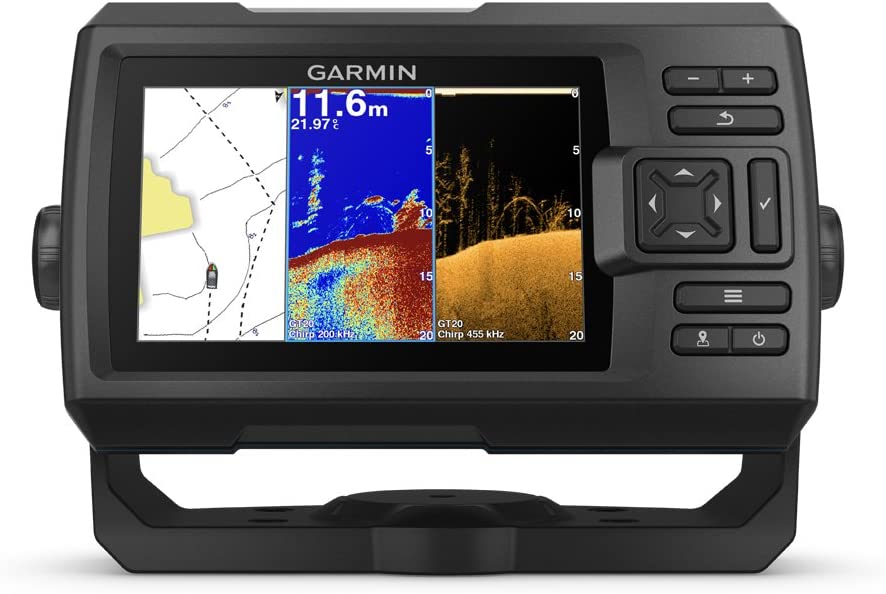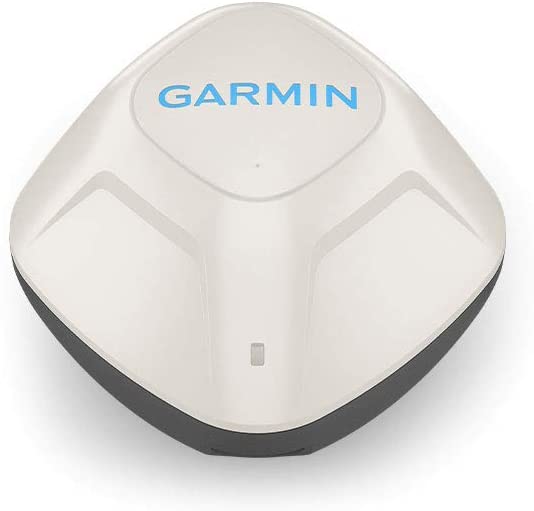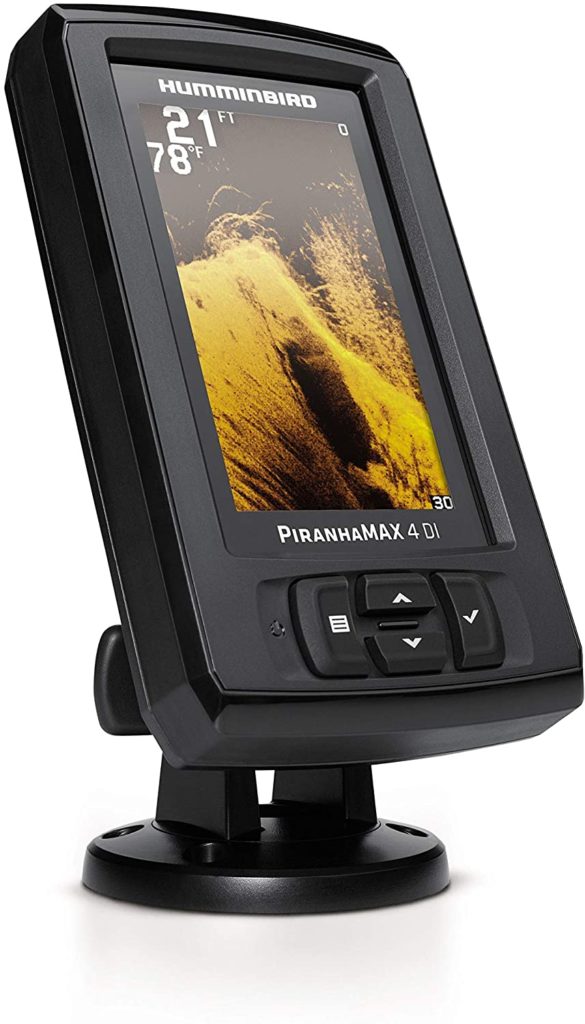There are a lot of fish finders out there – and most of them cost a lot more than $300.
Some anglers don’t have a huge budget for gadgets – and if you’re reading this, that might be you.
Never fear. We’re here with a list of the five best fish finders which is a great upgrade for your kayak set-up that will cost you less than $300 USD (if you’re on a kayak, check out this guide). A quick warning, however – some of these are largely unavailable, or will cost a bit more than $300 on Amazon – especially our top pick. We recommend you scout around for the best deals – we found our top pick for $255 on eBay, and at that price, it’s one of the best fish finders imaginable.
Without further ado, here are our top picks:
- Humminbird Helix 5 CHIRP – best overall
- Garmin STRIKER Plus 5cv – runner-up
- Garmin STRIKER Cast – best castable sonar
- Humminbird PiranhaMAX 4 DI – Least expensive down imaging
- HawkEye FishTrax 1C – Best for small setups
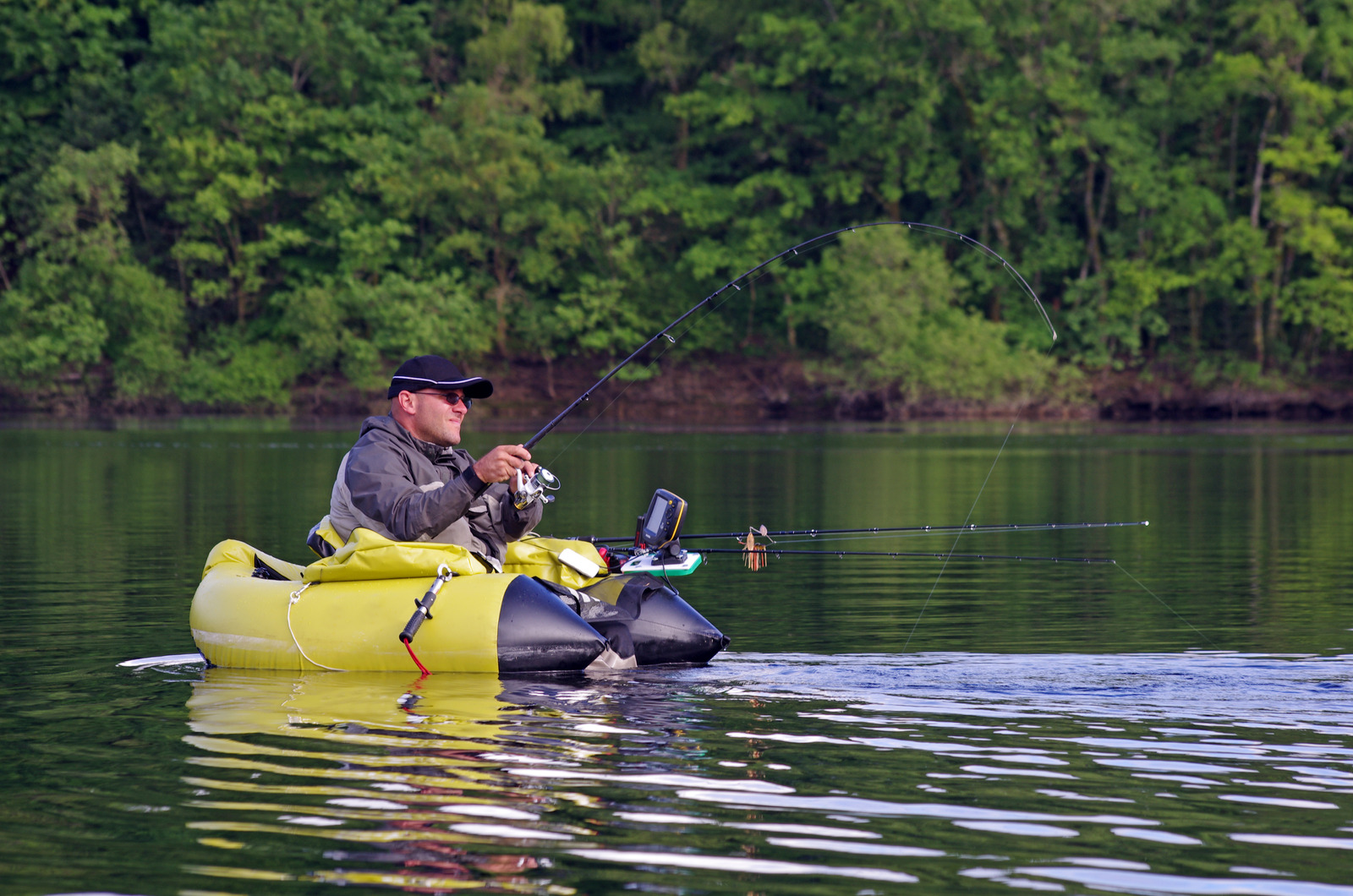
Best overall
If your setup can fit this unit, and you can find it for under $300 - which can sometimes take a bit of looking around - buy it immediately.
Check Today's PriceYou don’t even need to read the rest of this review. Trust us. This thing is amazing.
Why is it so great? Well, for under $300, you’re getting a unit with a 5” screen and down imaging. That alone blows all of the other units under $300 out of the water.
But that’s not all.
You’re getting a ton of different frequencies with the transducer – it’s CHIRP, so you can switch between high, low, and mid frequencies, and the pulse will fluctuate between a range of frequencies. That means more accuracy.
You’re also getting a ton of depth off of this unit – up to 600 feet with the transducer that comes in the box.
Finally, something that’s almost unheard of at this price range – this unit comes with a chartplotter. Yes, that’s right, you get maps – and the Humminbird Basemap it comes with is a really good one.
Now, it’s worth noting that on Humminbird’s website, this unit sells for over $300 – the one that’s under $300 doesn’t come with DI, and is more comparable to our runner-up, the STRIKER Plus 5cv. But – it bears repeating – you can find this unit for under $300 if you do a bit of research. eBay is a great spot to start.
This unit is incredible. We highly recommend it.
Runner-up
The Garmin STRIKER Plus 5cv is our second favorite. To us, it’s in many ways a worse version of the Helix 5 above - specifically because it doesn’t have chartplotting features.
Check Today's PriceIt’s a GPS fish finder, but there are no maps included, and no ways of getting new maps.
So why is it our runner-up? For starters, it’s very easy to find one for under $300, so it takes a bit less research to get your money’s worth.
Second, it comes with an absolutely wicked transducer – the GT20-TM. The transducer has a maximum depth of 1900 feet for regular sonar, and 750 feet for ClearVü, Garmin’s down imaging.
The down imaging on this unit is also incredibly clear. The unit itself comes with most of the features you’d expect from a high-end fish finder, and you can use its GPS to create contour maps and mark important details. In other words, while it doesn’t come with maps, you can make maps of your own.
If you can’t find a HELIX 5, or you’re looking for a little more depth capacity from your transducer, the STRIKER Plus 5 is a wonderful option.
Best castable sonar
The STRIKER Cast is one of the most innovative castable sonars we’ve seen. We don’t usually expect GPS on our castables, but Garmin’s done it.
Check Today's PriceThis unit uses your phone as the control head, so you’ll be able to read maps and sonar on your phone’s screen. You’ll also be able to use the unit to draw your own contour maps and mark location details.
The sonar is incredibly durable – they built this thing to last. That means you can even use it for ice fishing, making this one of the least expensive ice fish finders on the market. Just be sure to keep your phone warm – and don’t drop it in the water.
With only 150 feet of depth, it has pretty short range – but when your depth range and your price point just about match, there isn’t too much to complain about.
Least expensive down imaging
We honestly didn’t think it was possible to get down imaging on a unit at this price point, but here we are in 2021, marvelling at how inexpensive fish finding technology has become.
Check Today's PriceYou can easily find one of these units for $150 or less. And you get up to 600 feet of sonar depth, with up to 320 feet of down imaging.
Is it the most feature-dense unit on the planet? Absolutely not! There’s no GPS. There’s no map. But there is down imaging. For under $150. That’s incredible to us, and if all you want to do is see what’s happening beneath your boat, with the kind of quality imaging Humminbird is known for, this unit is a great bet.
Best for small setups
Finally, we have the HawkEye FishTrax 1C. There’s not a lot to be said for this unit except that it’s incredibly small.
Check Today's PriceIf you have a setup that can fit the PiranhaMAX 4, get that instead. But if you need a transducer that can be described as “handheld” or “like a Tamagotchi, but slightly bigger”, the FishTrax 1C is right for you. If you want to go even cheaper with it, you can get it without color – like the original GameBoy, only smaller!
Mapping? Nope. Down imaging? Yeah right. Depth? 240 feet. This unit is only impressive because of its small size. Perfect for kayaking – not much else.
We hope this guide has helped you find the right fish finder for your price point and setup. Happy fishing!
How to Choose a Fish Finder
If you are looking at fish finders on the market and deciding which one to buy out of the dozens available, you may have found it to be no easy task. While there are many brands and price ranges of fish finders for sale, what makes one Fish Finder better than another? What features make one more important than another one?
Factors to Consider When Purchasing a Fish Finder
While there are many things to consider when choosing a Fish Finder, you will want to consider what type of boat you have and how you will mount it, and the technology it will provide above all else.
Your Boat and Your Fish Finder
There are three main ways to install your Fish Finder to your boat, so you need to choose a Fish Finder compatible with the vessel you will be using it on. You can install Fish Finders in the back of the boat in the transom, in the hull, or through the hull.
If you or your family or anyone with you gets sea sick on a boat, check our tips on how to not get seasick on a fishing boat.
Transom Mount
A transom mount is how most boats with smaller outboard motors are mounted. These motors typically do not exceed 35 knots or 40 MPH speeds. Inboard engines cannot handle transom mounts because it causes too much turbulence and affects the transducer and how it performs. The transom mount is usually easier to install with its adjustable-angle bracket that is bolted into the transom.
In-Hull Mount
In-hull mounts should be for solid fiberglass hulls with enough room to mount the Fish Finder. Wood, cored fiberglass, and aluminum or steel hulls prevent a proper acoustic signal because they act as a barrier. These transducers do not need any direct contact with the water to work. They are generally glued inside the hull with epoxy or silicone.
Thru-Hull Mount
Sailing vessels and boats that travel at higher speeds should use a Fish Finder that can have a thru-hull mounted installation for their Fish Finder, which helps minimizes the drag factor when used. Boats hauled on a trailer should use the thru-hull method to avoid damage when transporting your boat. The thru-hull mount typically is the hardest to install but gives you the best signal.
If you are using a canoe or kayak, this article may be helpful when purchasing a Fish Finder. Some Fish Finders can be mounted using a suction cup or mounted to a trolling motor.
Fish Finder Technology
There are three types of technology generally available in Fish Finders: Standalone, Combination, and a networked system.
Standalone Fish Finders
A standalone Fish Finder is the most economical type of Fish Finder. Fishermen with small boats that fish mainly in small inlands or lakes do most of their fishing using small boats choose the standalone Fish Finders. You can often add to a standalone Fish Finder later with a GPS or other equipment.
Combination Fish Finder/Chartplotter
Fishermen with mid-sized boats who want a GPS to help navigate will often choose a combination Fish Finder and Chartplotter system. These screens can have a split-screen, or you can view one if you want.
Networked System
All the major brands offer fully networked systems which support a vast range of data, including radar, raster, and vector GPS charts. They usually have video and even SiriusXM satellite radio and often have Bluetooth/wifi capabilities. Sometimes the Fish Finder is an external “Black Box” module. These technologies are changing and improving all the time. This type of system is more for medium to larger boats.
Features To Consider
There are several features to consider when choosing a Fish Finder, such as wattage, LCD screen, frequency of the transducer, CHIRP, or broadband.
Wattage
Wattage is essential when choosing a Fish Finder because it determines how strong the “ping” will be. The “ping” is defined in watts RMS or root mean squared. IF your Fish Finder does not have enough wattage, it will make the appearances on the LCD screen appear murky. A Fish Finder with 500 watts should allow you to have enough power for most of your fishing needs. If you are a bluewater angler, you may need 1000 watts instead. A shallow area in an inland lake might only need 200 watts.
LCD Display
A good Fish Finder should give you an excellent high-resolution 3D picture. You should have a 180 degree, three-dimensional view with plenty of pixels. More pixels per inch of the screen will help you have a clearer, more detailed picture on your screen. The clearer the image, the better you will be to identify the fish you see on screen. The higher number of pixels, the better the resolution. Cheaper models may not give you as good a picture, so paying attention to the pixel counts is essential.
Transducer Frequency
Fish Finders may have one frequency, dual frequencies, or multiple frequencies or a CHIRP system. The higher the frequency will give you the most satisfactory resolution for details. You will also want a transducer that picks up the least amount of background noise. If you tend to fish mainly in shallower water, you will want to choose higher frequencies of 200kHz to 800 kHz. Deeper depths use lower frequencies. For instance, a 200-foot deep water area of 80 kHz is usually enough, and if the water is deeper, 50 kHz may suffice.
CHIRP or Broadband
CHIRP is an acronym for Compressed High-Intensity Radar Pulse. These units transmit on several frequencies. Chirp Fish Finders share less peak power than a more conventional Fish Finder These units can put 10 to 50 times more energy into the water using a signal processing and pattern matching process. Lower frequencies will give you a better picture of the lake’s bottom while using less power, while higher frequencies work best in shallower water.
Other Features
Some other useful features include temperature, speed, and distance. While they may come standard on some models, others will have to be added if you want. Knowing your distance is especially helpful when drift fishing or trolling. If you see the distance and your speed, it is easy to replicate when a fish strikes. Some fish prefer a specific temperature, and knowing that can help you locate the most likely area to find them.
Colored screens help you to identify fish targets. Waterproof screens are very beneficial. Some GPS Fish Finder units use monochrome screens that still give you the best features.
Many Fish Finders offer high-definition, high-resolution touch screens that have bright colors. Most models provide both a tilt or swivel bracket or a flush mounting kit. It is best to make sure your unit can be mounted the way you think is best.
To Conclude
Fish Finders offer various features that give fishermen the benefits they need to find the fish they most want to catch. Using a quality Fish Finder will allow you to find specific types of fish that you most want to catch. You can track a variety of data to help you quickly replica the data in straightforward ways. You can use a Fish Finder for a variety of different types of fishing, including ice fishing.
When purchasing a Fish Finder, make sure it will not only work well with your type of boat but give you the best results for the location and depth of where you prefer to fish and get the best results. Remember, some Fish Finders allow you the option of upgrading later by adding other equipment to them.
As an Amazon Associate, Fishermen's Angle earns from qualifying purchases. We get commissions for purchases made through links in this post.
